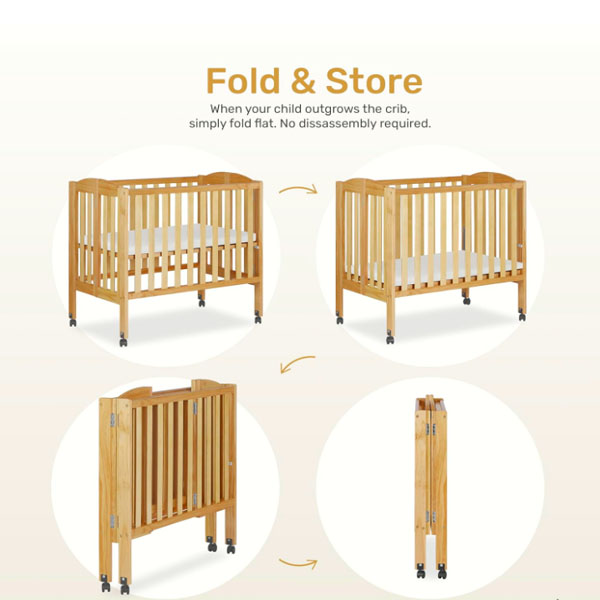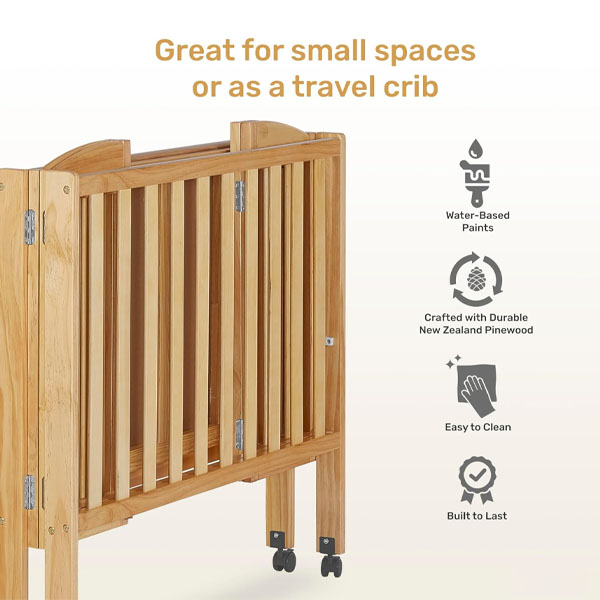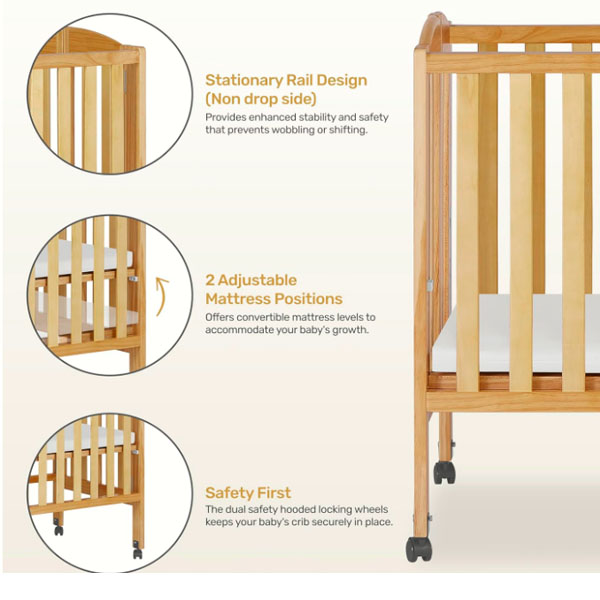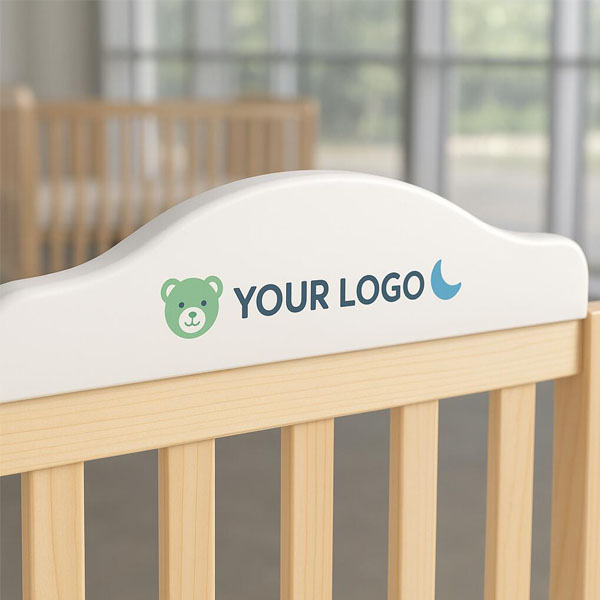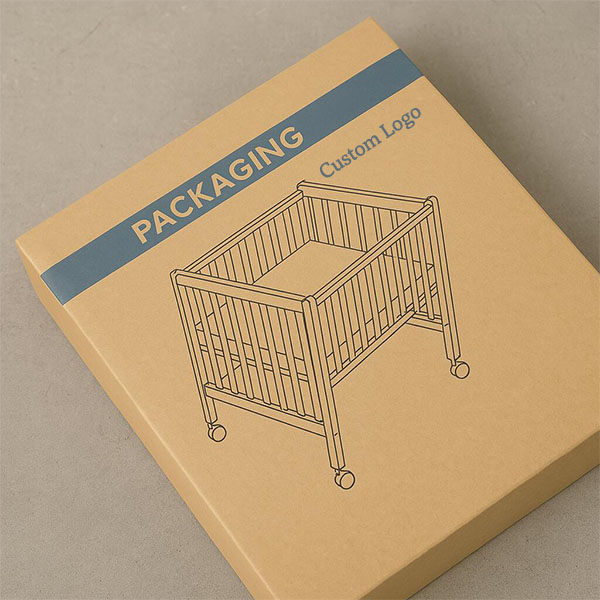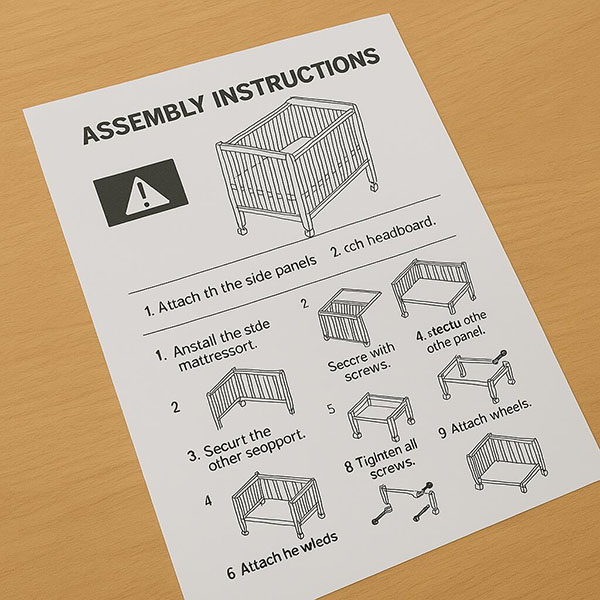What toys should I avoid in Montessori?
You want to create a Montessori-inspired space at home. But as you look at your child’s toy box, you feel overwhelmed. Are you buying the wrong things and undermining the whole philosophy?
In a Montessori environment, you should avoid toys that are electronic, overly stimulating, or based on fantasy characters. The goal is to choose simple, reality-based toys that encourage active participation.
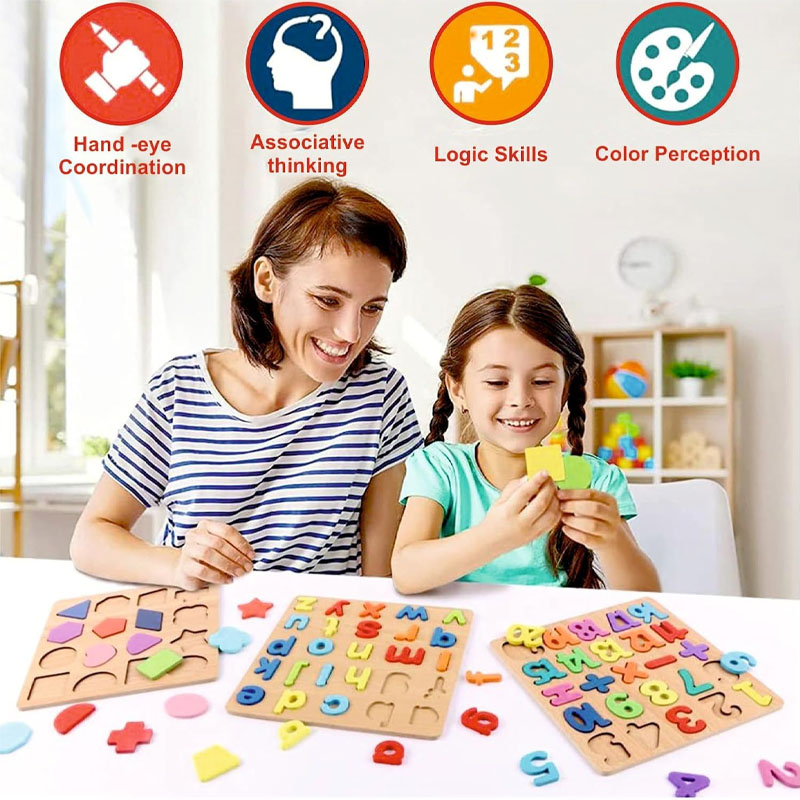
I see this trend happening with so many of the brands I work with. Parents are no longer just buying a single wooden puzzle. They are buying into an entire philosophy. They want to create a "Montessori at home" environment. This has created a huge demand not just for the toys, but for the whole system: the low shelves, the work mats, the child-sized furniture. It’s about building a space that fosters independence. To do that successfully, knowing what to leave out is just as important as knowing what to put in.
Why are Montessori toys not colorful?
You see your child drawn to bright, colorful plastic toys. But when you look at Montessori materials, they seem so plain. You worry they won’t be engaging enough for your child.
Montessori toys use simple, natural colors to help a child focus on the specific skill the toy is designed to teach. Bright colors and patterns are seen as distractions that can overstimulate and confuse a young child.
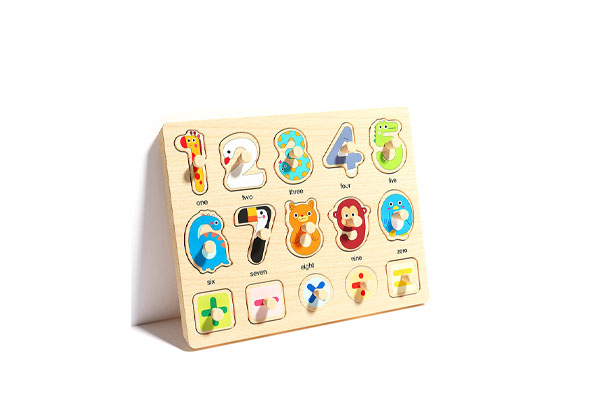
The choice of color—or lack of it—is one of the most misunderstood parts of the Montessori method. It’s not about being boring; it’s about being precise. The entire philosophy is built on the idea of isolating a single concept for the child to master. If a child is learning about size with a set of stacking blocks, the blocks should all be the same color and texture. The only thing that changes is the size. This clarity helps the child’s mind to focus intensely on that one variable. It’s a core part of the "low-stimulation" approach that so many parents I talk to are looking for. They’re trying to create a calm, focused environment, and the visual simplicity of the toys is key to achieving that. It’s a deliberate choice to favor deep learning over shallow entertainment.
Why no pretend play in Montessori?
Pretend play seems like the most natural thing a child can do. So when you hear that Montessori discourages it, it sounds wrong. How can a child learn without imagination?
Montessori does not ban imagination. It prioritizes grounding children under age six in reality first. The belief is that fantasy play becomes richer and more meaningful once a child has a firm grasp on how the real world works.
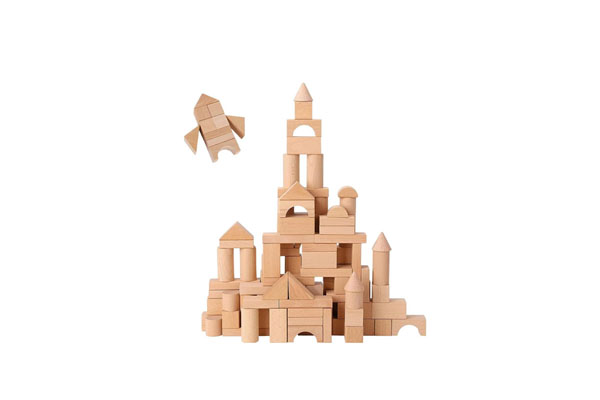
This is probably the biggest myth I have to clear up for people. It’s not about "no pretend play." It’s about "reality first." A child under six is in what Dr. Montessori called the "absorbent mind" stage. They are working tirelessly to understand the world around them. Is a cow real? Is a dragon real? To a three-year-old, this can be a genuine point of confusion. The Montessori approach gives them a solid foundation in reality. Instead of a plastic play kitchen, a child gets a small, functional "learning tower" and real tools to help wash vegetables or stir batter. This is called "Practical Life." They aren’t pretending to cook; they are cooking. I see this directly in my industry, with a huge rise in demand for functional, child-sized furniture. Parents want real tools, not toy imitations. The deep, creative imagination comes later, after age six, when it can be built on this strong foundation of real-world knowledge.
What is not allowed in Montessori?
You’re trying to follow the Montessori method, but the rules seem strict. You want a simple checklist of what is truly out of place in a Montessori-inspired home.
The main things not allowed are electronic toys that entertain passively, toys with fantasy characters, excessive toy clutter, and the use of rewards or punishments to control behavior. The environment should be simple and reality-based.
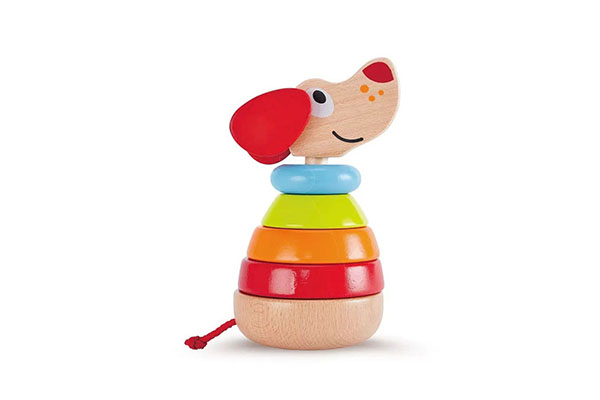
Creating a Montessori environment is more about an editing process than an accumulation process. It’s about carefully curating the space to support your child’s natural development. The goal is to remove the obstacles that get in their way. Based on my work with brands that specialize in this area, here are the key things that are consistently "edited out."
Key Things to Avoid
| Category | What to Avoid | Why It’s Avoided |
|---|---|---|
| Type of Toys | Electronic toys with lights and sounds. Toys that do the work for the child. | These create passive entertainment. Montessori is about the child being the active "doer." |
| Themes | Toys based on TV shows, movies, or fantasy characters (for children under 6). | This keeps the focus on the real world, which a young child is trying to understand. |
| The Environment | Large toy boxes filled with clutter. Too many toys available at once. | An orderly, simple environment with a limited selection of toys (on low, open shelves) encourages focus and respect for materials. |
| Adult Interaction | External rewards (stickers, treats) and punishments. Generic praise like "Good job!" | These things undermine a child’s internal drive. The goal is for the child to find satisfaction in the work itself. |
Why is there no praise in Montessori?
Your first instinct is to tell your child "Good job!" when they build a tower or finish a puzzle. It feels strange and even cold to hold back your praise.
Montessori avoids external praise to help children develop intrinsic motivation. The goal is for a child to feel satisfied by their own effort and success, not to learn to work for adult approval.
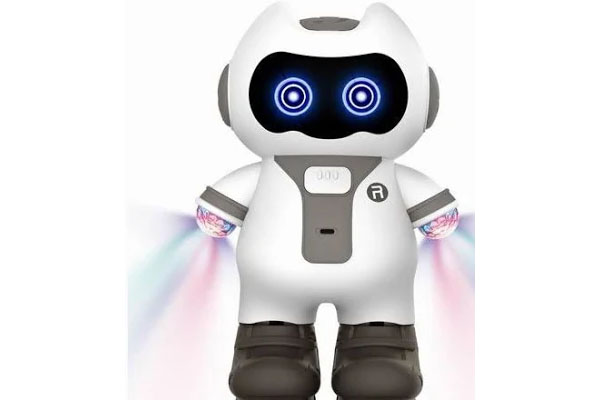
This is one of the hardest adjustments for parents to make, but it’s one of the most powerful. When you say "Good job!", you are making a judgment. The child then starts to look to you to know if their work is good or not. They become dependent on your opinion. A Montessori approach seeks to build a child’s internal sense of accomplishment. Instead of praise, you offer observation.
For example:
- Instead of: "Good job drawing that house!"
- Try: "I see you used red for the roof and blue for the door. You worked on that for a long time."
This simple change does two things. It shows the child you are paying attention, which makes them feel seen and valued. And it encourages them to evaluate their own work. Many Montessori toys are self-correcting—a puzzle piece only fits in one hole. The material itself tells the child if they were successful. They don’t need you to tell them. This builds incredible confidence and concentration.
Conclusion
Avoiding certain toys in Montessori isn’t about restriction. It’s about removing distractions to protect a child’s natural ability to learn, focus, and find joy in their own work.




